Yan Ekran (Side Screen) Mobile App
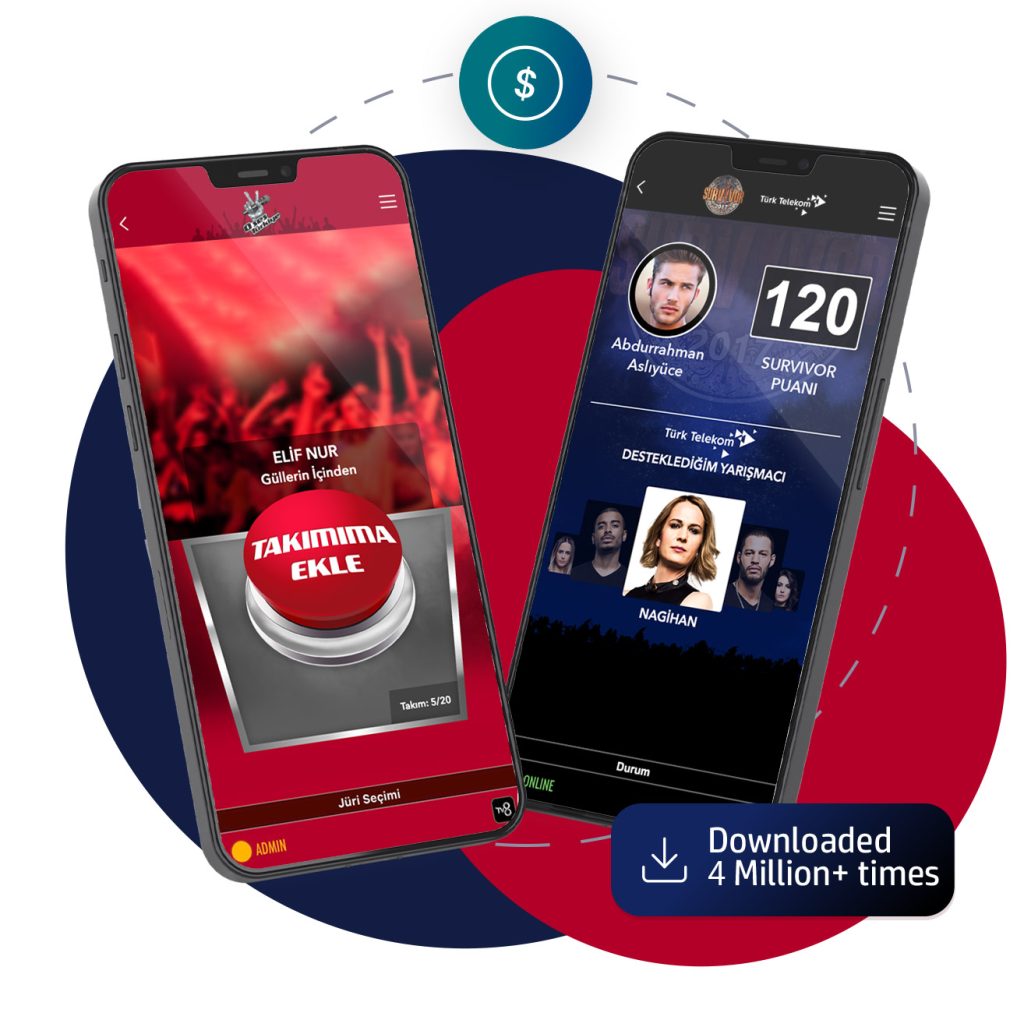
Project for: TV8 Turkish TV channel
Project Time: 6 months
Creating a mobile application for the TV8 television channel.
The main objective of the project was to design an application where users would interact with television stars.
Idea Creation Process
The company owner asked the brain team, of which I was a member, to develop an idea to engage the audience more in our TV shows.
For this purpose, I aimed to create a platform that would engage our users in TV shows and have other features that would keep them in the app and generate revenue for the company.
For this purpose, I reviewed the user comments under our other applications in the IOS and Android markets to create a draft project idea and categorized the most frequently mentioned problems, requests, and pain points.
With the information I collected, I had a draft application idea, but I needed to do deeper research to understand the application’s MVP (Minimum Viable Product) features and users’ pain points.
After discussing my thoughts with the company owner, I got his full support for getting extra help from other departments on the necessary issues.
Interviews & Surveys

Planning
First, I needed to interview users who used our other applications to understand users’ pain points, expectations, product MVP features, revenue possibilities, and other details.
I got help from the customer service and advertising departments regarding finding users for the interviews.
The customer service department arranged the work of finding users, and the advertising department arranged the gifts/favours to be given to the users (such as attending live shows and meeting celebrities face to face, etc.).
For this purpose, I first prepared a draft interview text and shared it with 2 different product managers and created the final version of the text according to their feedback.
In addition to the plain questions in the interview, each user was also asked some rating scale questions (not interested at all – very interested)
Goals
- Learning how users prefer to communicate with celebrities
- To find out if they would want to use an app that covers all applications
- Learning about the features that users like and dislike in other entertainment applications they use.
- To find out what users think about a paid membership option and understand how much budget they want to allocate if there is a paid membership
- Learning about users’ favorite shows and which parts they like about those shows
As a result, I conducted interviews and surveys with the participation of 14 users.
Findings from interviews and surveys;
- Apart from the app, users also want to visit celebrities on set
- Users have great motivation to stay in touch with celebrities
- Users are highly motivated to participate in programs through the application.
- Users are very keen on the idea of having all programs in one app. This way, they think they won’t have to install multiple apps on their phones
- Users prefer the app to be free, but if there is a unique advantage they can get, they may accept paying a small amount of money
- The top 3 users’ favorite shows are; Survivor, The Voice, Got Talent
Difficulties & Opportunities
Difficulties;
- Creating a Common Approach
It was necessary to develop one application instead of a separate application for each product/program. This meant that programs in different formats had similar navigation structures and approaches.
- Full Coordination With Live Streams
In order for the App to be more effective during TV shows, it needs to work in full coordination with the live broadcast.
- Infrastructure Limitations
The application, which will most likely be used by lot of people, had to have a very good infrastructure.
- Lack Of Acceptance
Since no application had worked this way before, it was a question mark as to how many users would use this application.
Opportunities
- High Engagement
It is very difficult for users to communicate with the artists and singers they see on TV shows in daily life. Thanks to this APP, users will have this chance.
- Instant Impact
Users can see the impacts of the decisions/acts they make live on air.
- Advertising Income
In the App, advertising spaces may be sold and sponsorship agreements can be made depending on the popularity of the different TV Shows.
In this way, multiple incomes may be earned.
- In-App Purchases
For some popular sections or features, a separate membership model can be used and an income model model can be built.
- Extra Contents
Behind-the-scenes footage and very special photos that users cannot watch anywhere else can be accessed through the application.
- Gamification
With gamification, users can stay in the app and compete with each other, and the user’s engagement with the APP can be increased with this gamification and even with rewards.
Persona Work
Using the quantitative and qualitative data from interviews and survey results, I defined the three target group profiles Salih (Teacher, 31), Oznur (Salesperson, 24), and Ezgi (Student, 18) to better empathize with my main user groups and prioritize goals according to their needs.
Example Persona
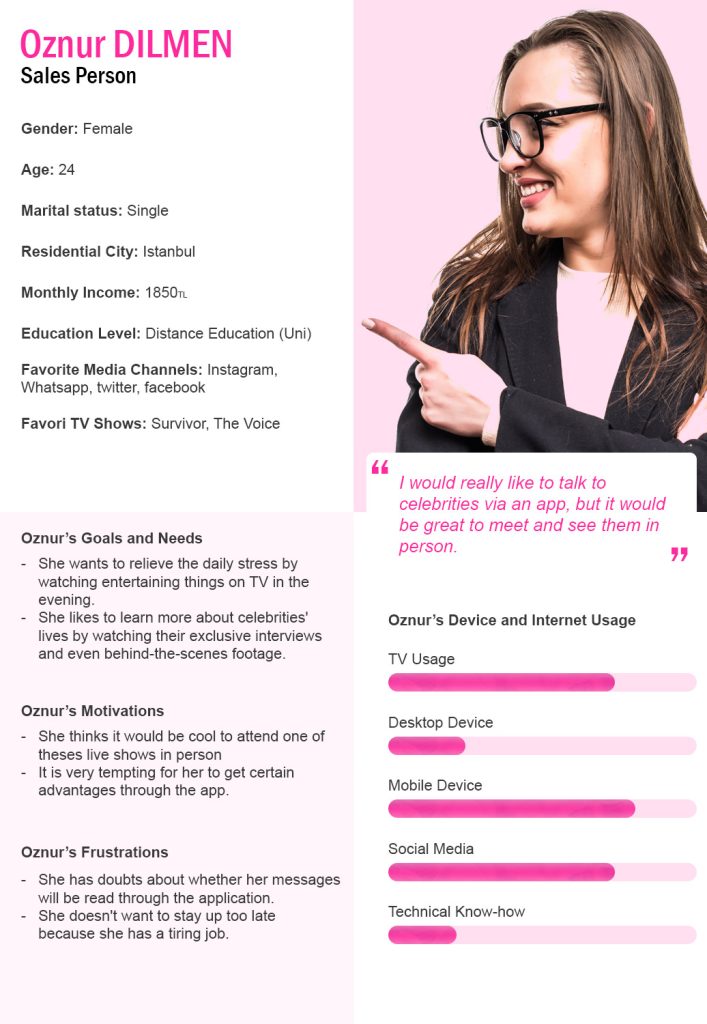
MVP (Minimum Viable Product) Features
We focused on features that delivered the core value proposition of real-time audience engagement.
The MVP included:
- Live interactions with celebrities
- Voting screens
- Creating 1 navigation type for all apps
We excluded a few things, such as deep social integration, mini games, and a point system, from the MVP to launch faster and test engagement first.
Mapping
Based on the insights gained from the initial content audits and Card sorts with potential users, I defined the sitemap for Yan Ekran and then evaluated it via tree tests with potential users.
To determine the content and navigation, users were asked how they would categorize certain content (which content should appear under which category, etc.), and the answers were analyzed.
The information obtained from the analysis was evaluated with product managers, and a map was created.
Note: Each application has its own unique sitemap. This image is just an example of a specific TV Show.
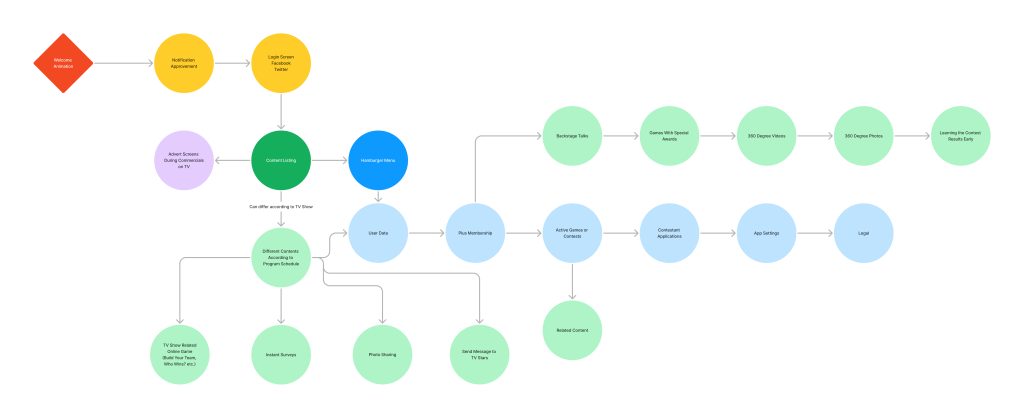
Wireframing, Prototyping & Usability-Testing
Paper-Prototypes
The first design ideas with low-fidelity paper prototypes were discussed with product managers and the developer team leader, and then a higher-fidelity clickable prototype was created.
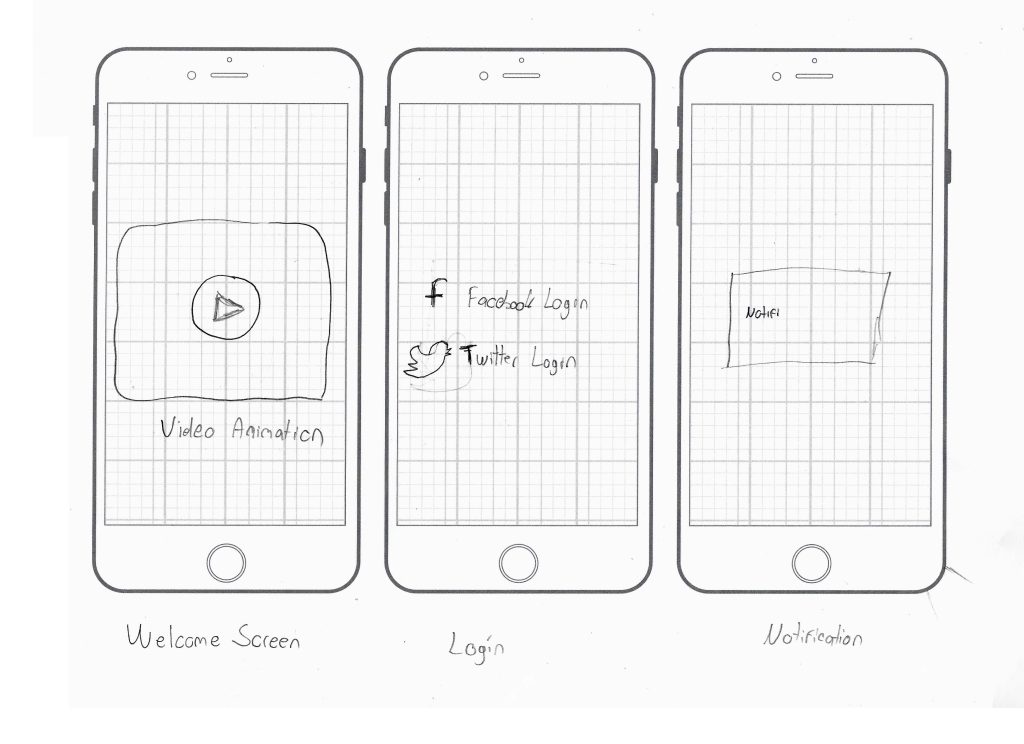
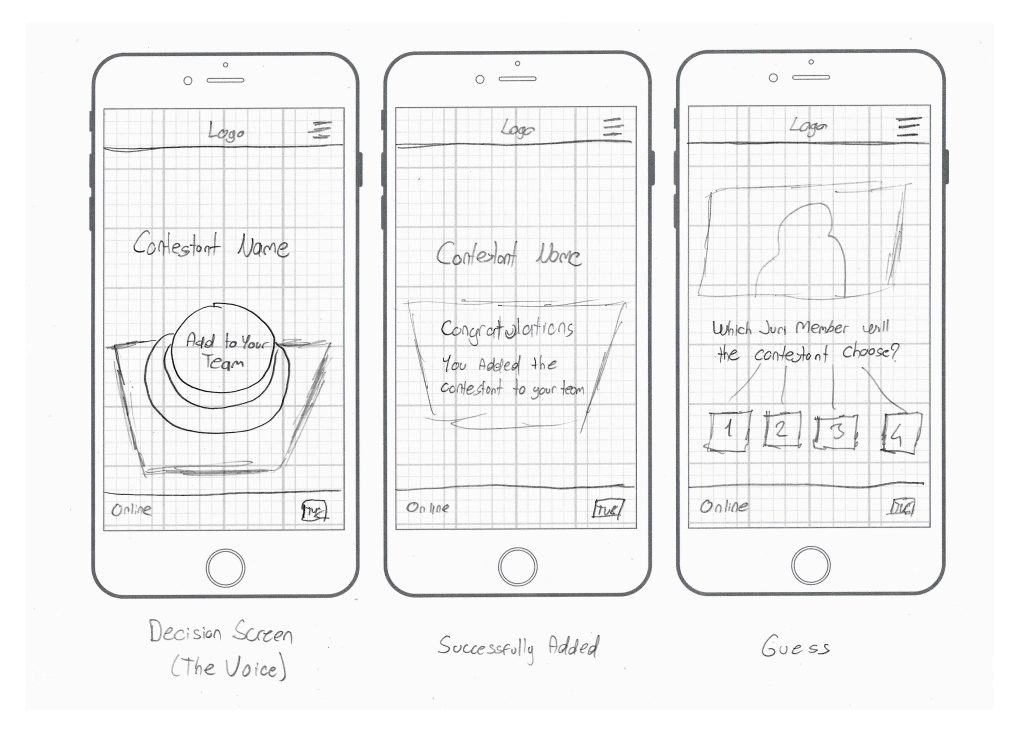
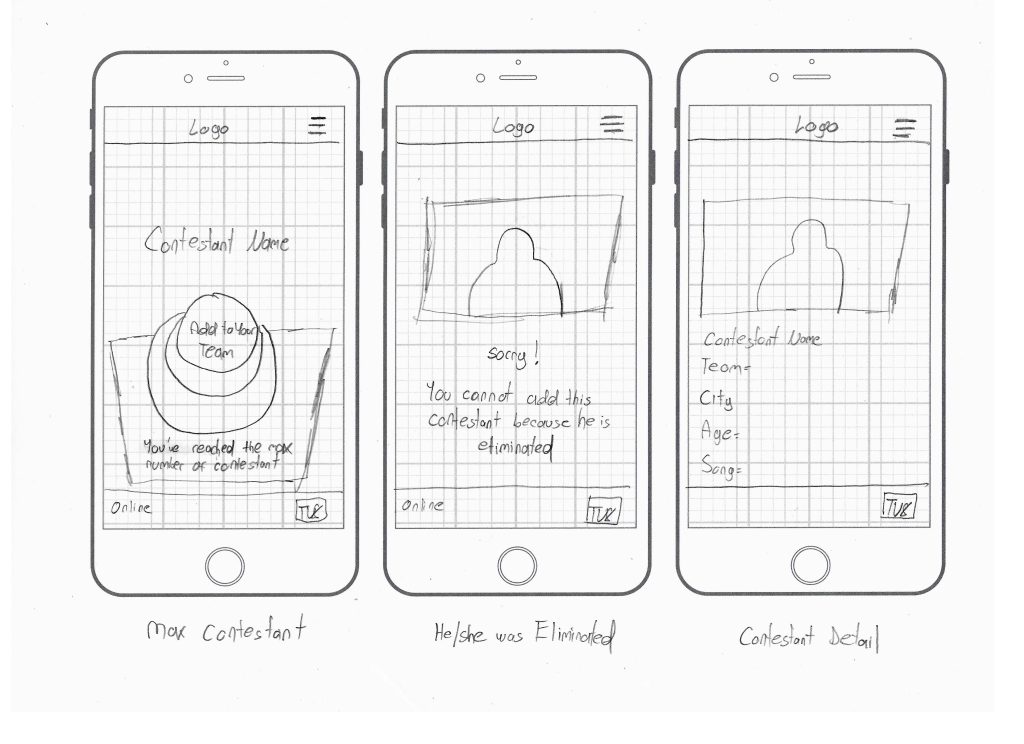
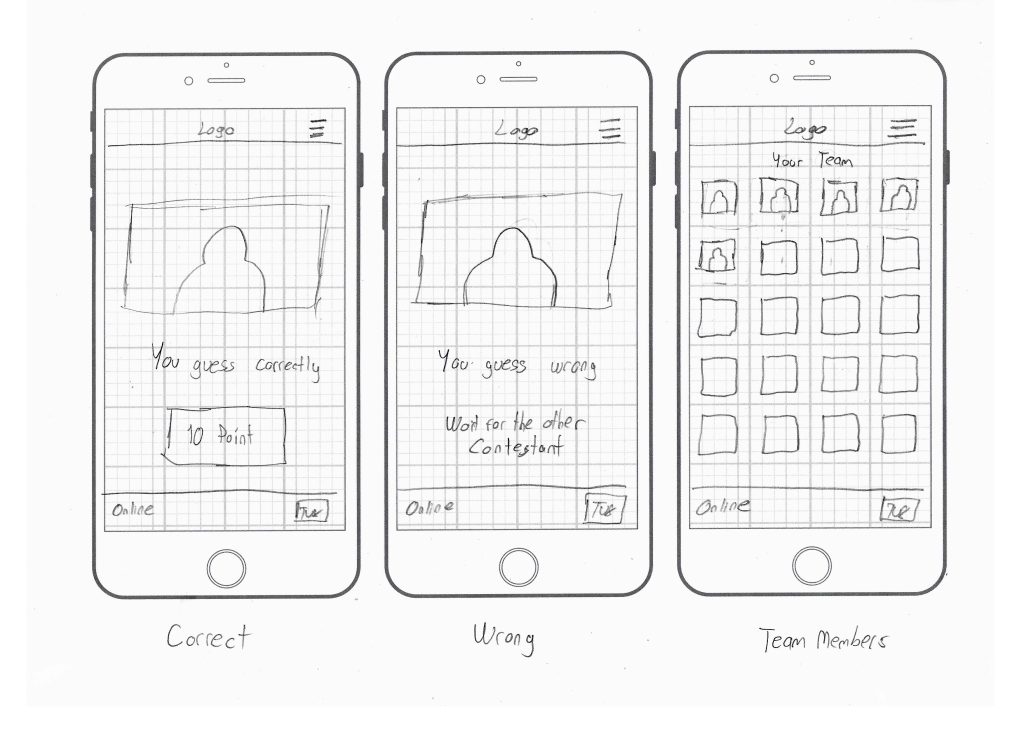
Clickable Prototypes & Usability Test
After some paper prototyping adjustments, wireframes and high-fidelity clickable prototypes were created using Adobe XD.
Using high-fidelity prototypes, users were asked to complete some tasks in the interface.
In these tasks, users’ success rate, duration, and ease of task metrics were examined.
All these rates were also observed and all results were reported.
The final results were discussed with product managers and the design was finalized.
For a more detailed another user testing project, you can also visit this link.
UI Design
Some UI Examples:
Note: Please note that each program has its own color theme and some fonts may vary depending on the program and sponsors.
Colors
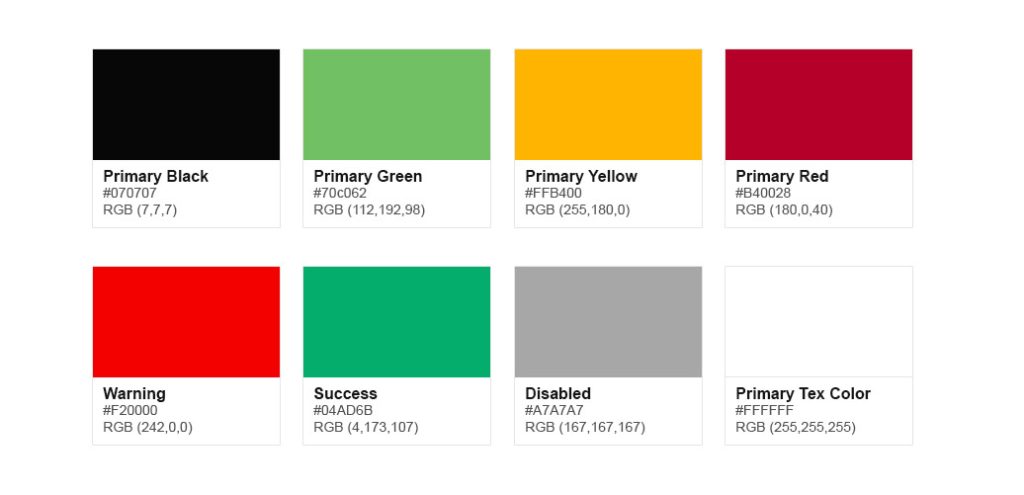
Font
Avenir Next is the primary brand typeface and can be used across all formats from print to digital. Its round and geometric letterforms are approachable and modern. Avenir is great for titling, pull-quotes and lists, and in some cases can be used for lengthy body copy.
The Avenir® Next font family was designed by Adrian Frutiger in collaboration with Monotype Type Director Akira Kobayashi.
This font was produced as a reaction to Paul Renner’s 1927 Futura® typeface.
Frutiger did not feel comfortable with the manner in which Futura sat upon the page, feeling it was too disciplined.
The Avenir (French for “future”) font was produced as another real alternative to the Futura design and the original face was available in three weights with accompanying italic variants. (Later this fon subsequently released in twenty-four different styles)
Since its release, the Avenir Next design has been immensely popular for an extensive range of different applications. The font was instantly successful in print and with its expanded range of characters and specific optimization, equally successful as an on-screen font.
This font is available in most Office applications and have been used in a range of new templates.
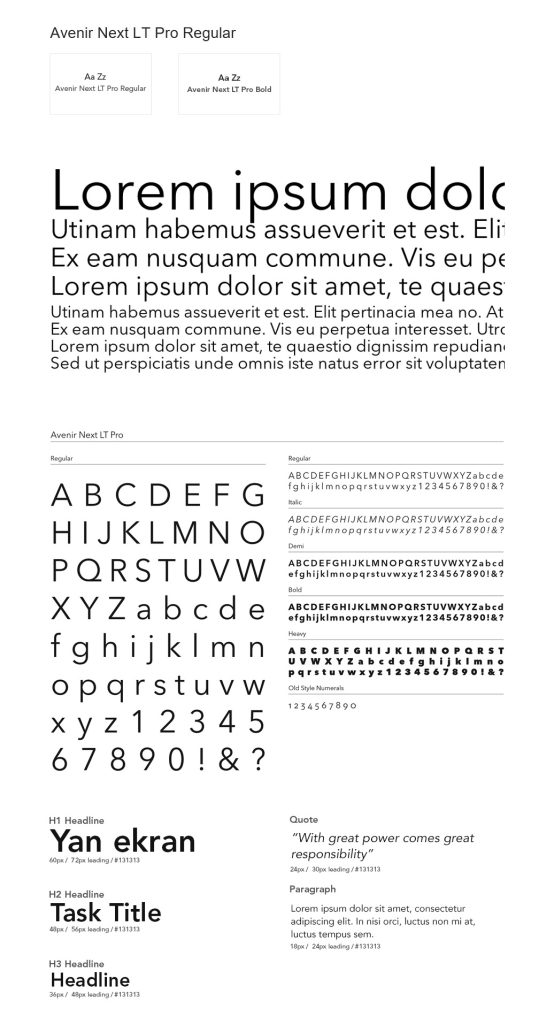
Some UI Elements
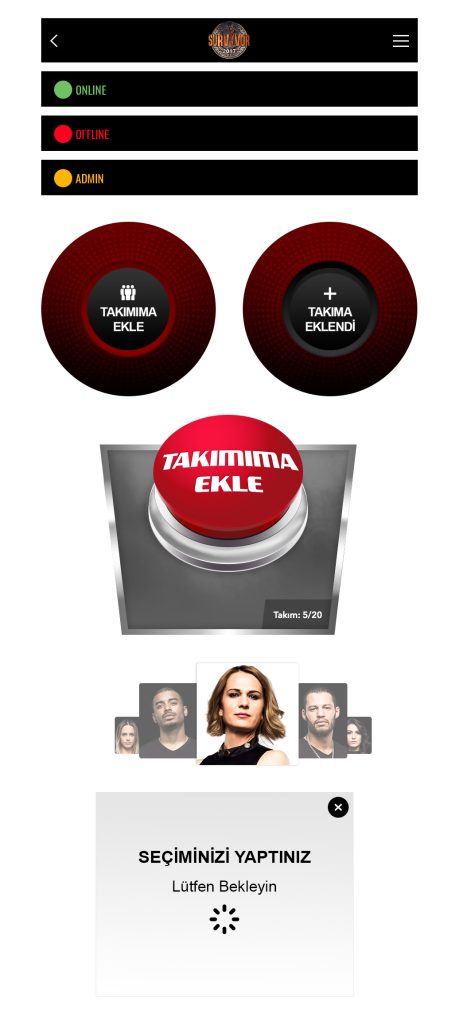
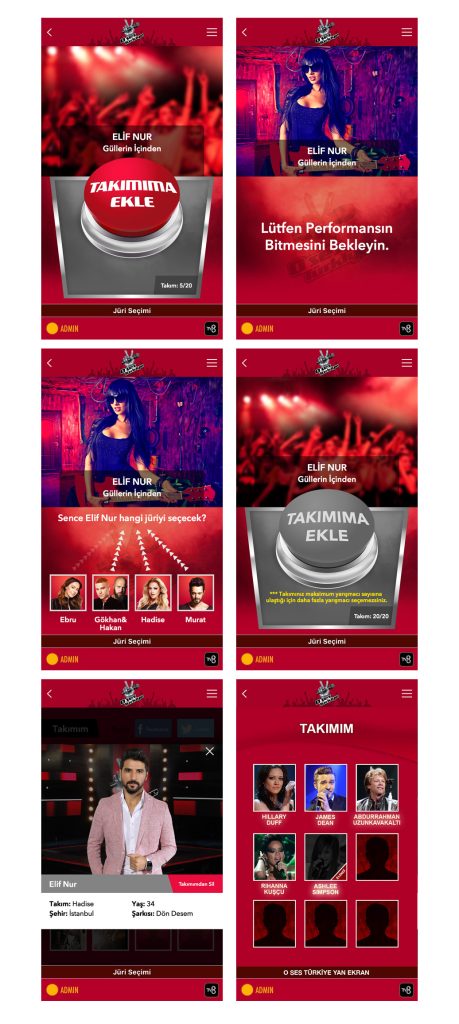
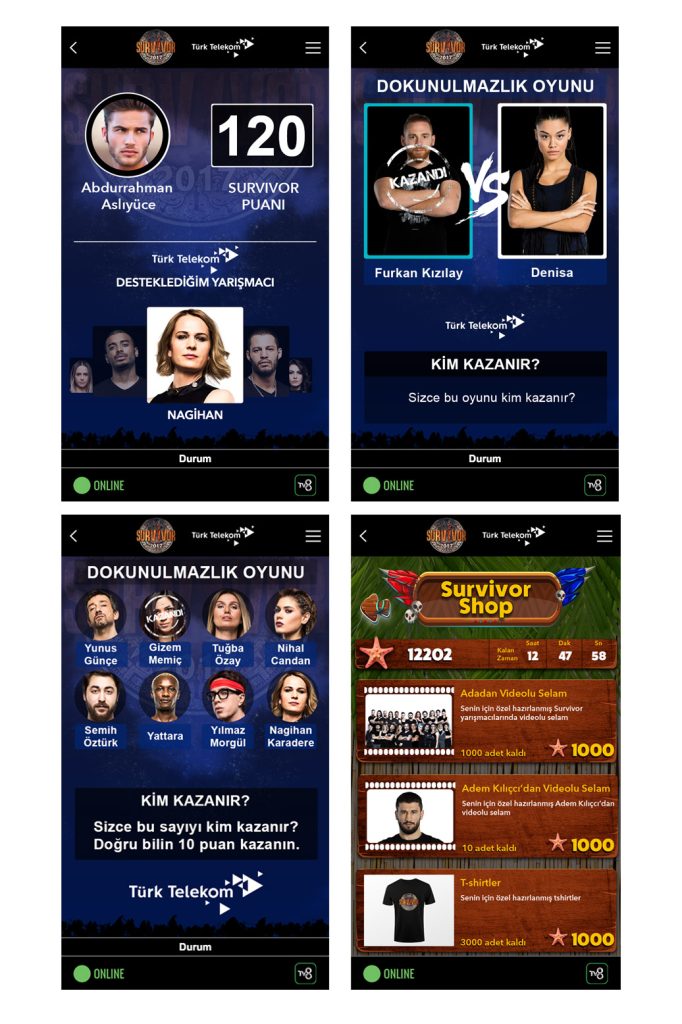
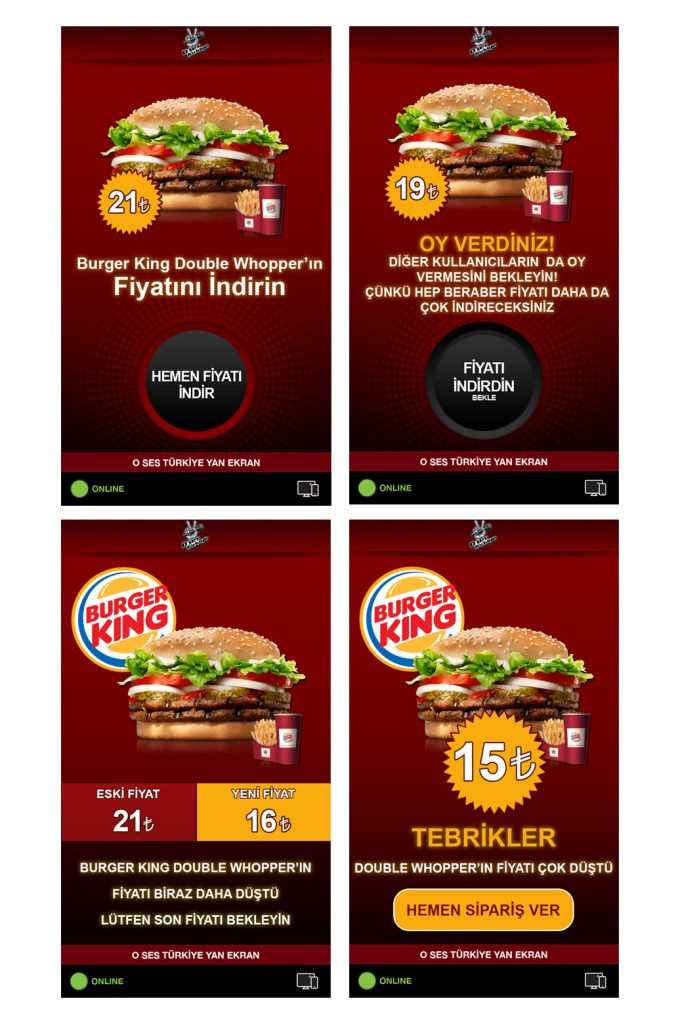
Advertising Revenue Model
While designing the application, possible advert spaces and possible digital campaign possibilities were discussed with the TV advertising department and digital advertising department managers.
Based on the feedback, various advertising models were determined in the application
such as;
- Displaying various advertising visuals on the application during live broadcast breaks
- Showing ads when there are a lot of users online in the app (This was achieved by voting for some TV shows (Rising Star) only through the app, and high revenue was generated from ads shown during live broadcasts with high user engagement).
- Selling sending message section to contestants and celebs to various telecommunication companies
- Collecting points in the app through some games and spending these points for certain TV show awards (these sections may also be sold to sponsors and displayed in their themes)
- Generating subscription revenue with providing certain privileges for the plus membership holders in the application (accessing certain backstage content, learning the results of the competition before the live broadcast, being able to watch the candidate in the Survivor island with special cameras when there is no live broadcast, playing games with special awards, etc.)
Creating advantages that users will achieve together and creating cooperation between users and selling these areas / games to sponsors. - Additionally, depending on the TV show displayed in the application, each ad space was considered a resellable area.
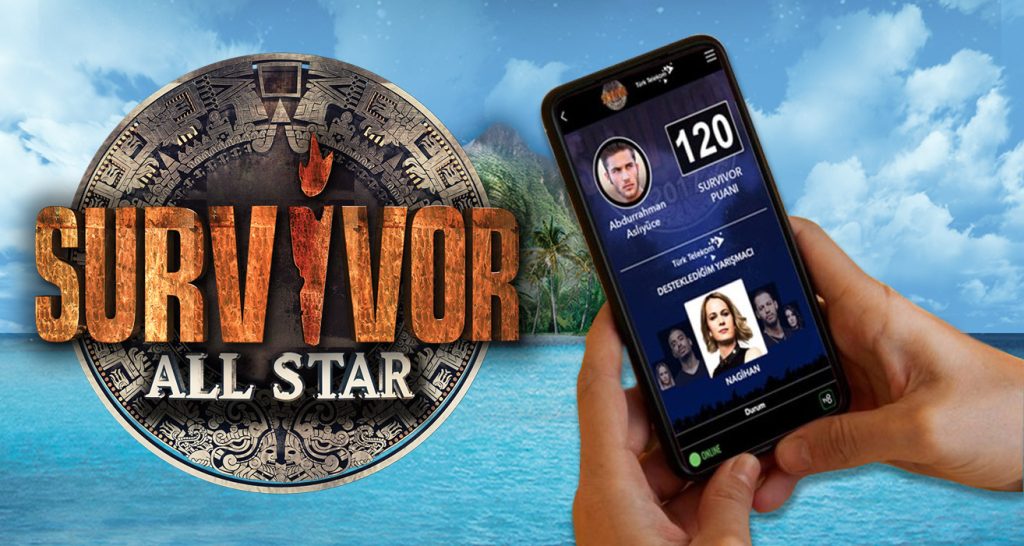
Conclusion
The popularity of the application has always been ensured by advertising it extensively in live broadcasts and by showing moments where famous contestants and singers use the application / answer questions coming from the app in the programs.
After the application was released, analytical information was periodically monitored using the Google Analytics application, and minor improvements were made to the design, especially based on user drop-off statistics.
Also, we regularly checked some statistics such as;
- User interactions per session
- User engagement metrics (time spent on the app, number of interactions).
- Task completion times
- Adoption rate (how many users joined live events).
- Retention metrics (how many users returned for multiple events).
- Qualitative feedback
When this project was initiated, it presented some risks but also significant potential opportunities.
This opportunity led my company to invest in my idea, resulting in the application being adopted for prominent programs such as The Voice, Survivor, Rising Star, Got Talent, and a total of 13 different TV shows.
As a result, the app has been downloaded over 4 million times.
Its popularity, combined with program-specific advertising opportunities, generated an average annual revenue exceeding 1.5 million dollars.
As a UX designer, I was proud to contribute to this project from its inception through design and implementation and to witness the success it achieved.
